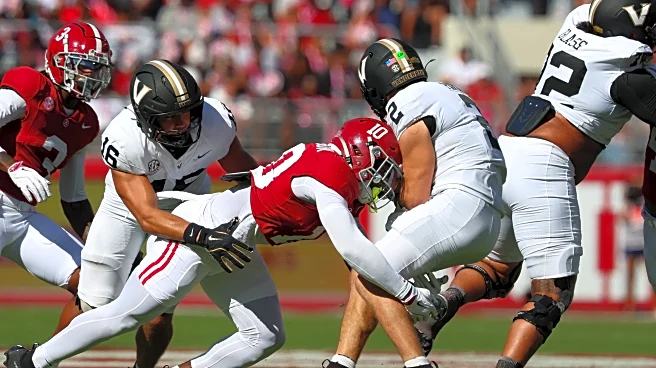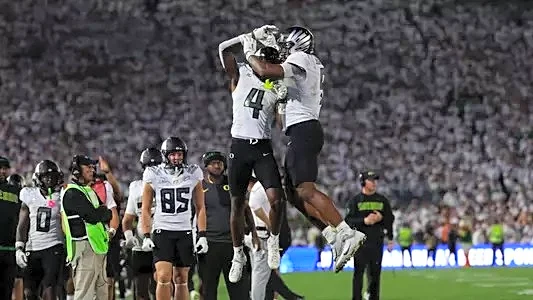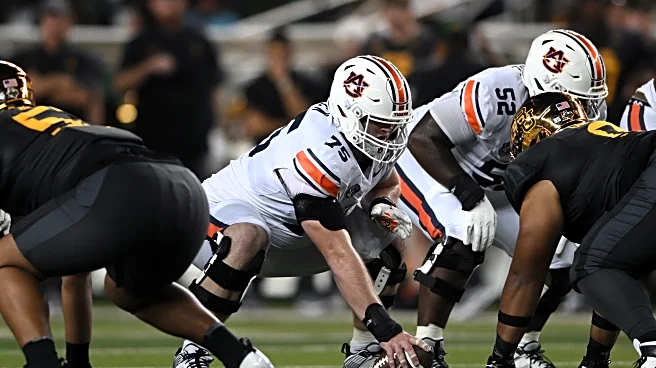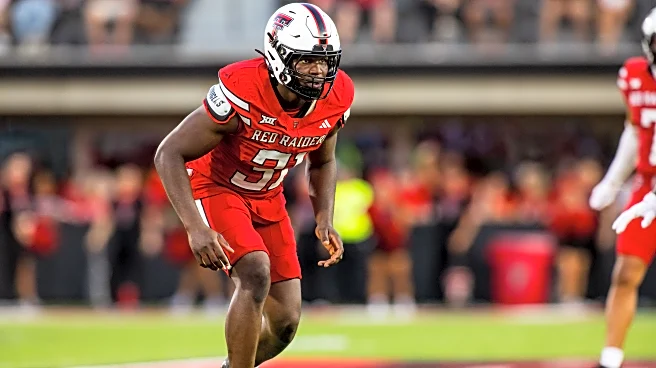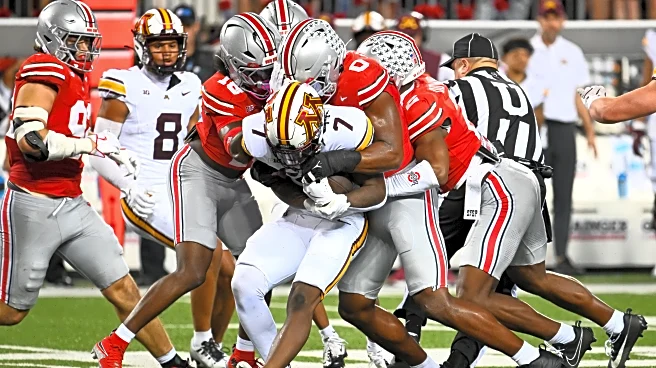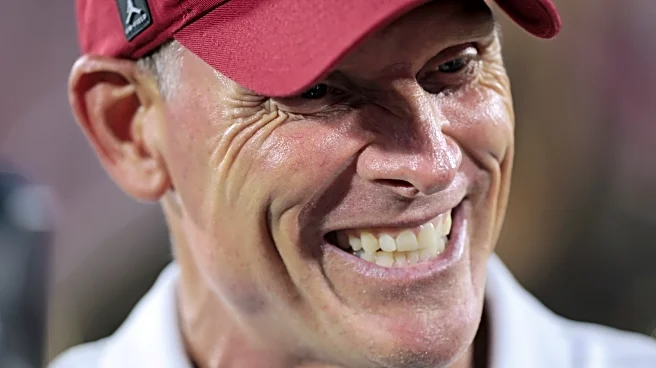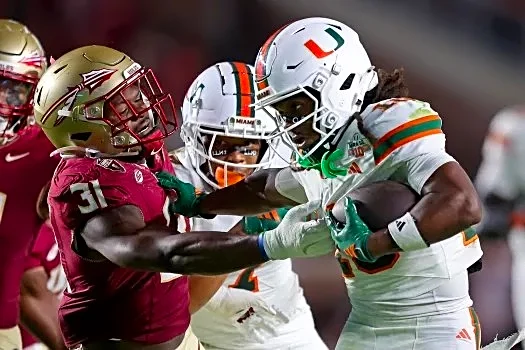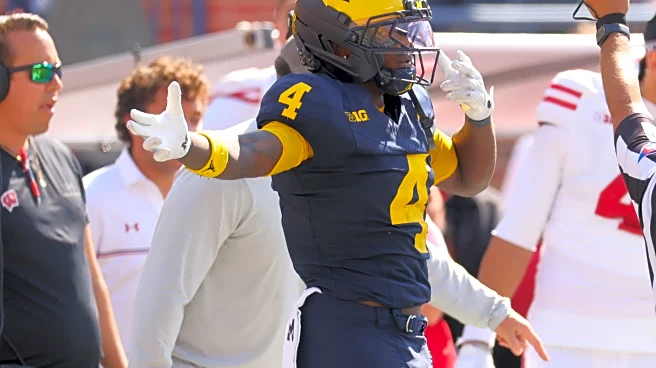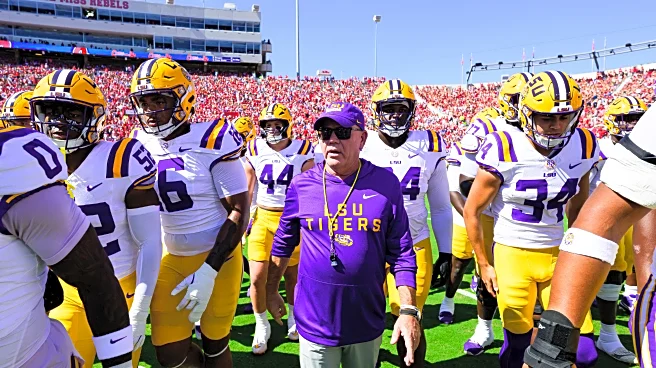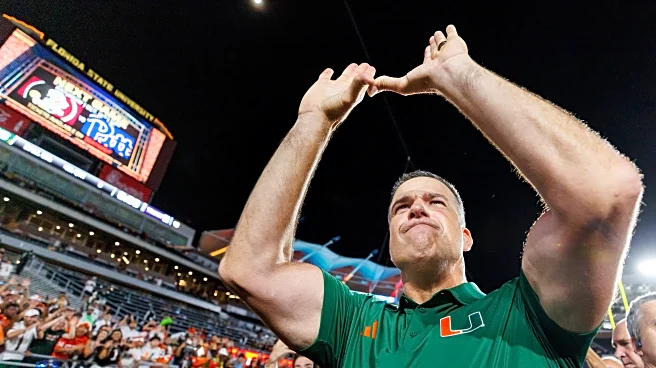AUSTIN, Texas — In Kyle Flood, Steve Sarkisian trusts.
Now in their ninth season together, the Texas Longhorns head coach and his offensive coordinator and offensive line coach were first united with the Atlanta
Falcons as both were trying to rebuild their respective careers. Sarkisian was two years removed from being fired by the USC Trojans and in his first full season calling plays again. Flood was two years removed from being fired by the Rutgers Scarlet Knights amidst scandal and was serving as the assistant offensive line coach after a year away from coaching.
Since joining Dan Quinn’s staff in 2017, Sarkisian and Flood have made an appearance in the NFL playoffs, won a national championship at Alabama, and won a conference championship and made two College Football Playoff appearances at Texas.
Flood’s ability to develop an offensive line that finished as a Joe Moore Award finalist as the nation’s top unit last year solidified his reputation as one of the best in the business. So when four starters departed over the 2025 season, Sarkisian remained confident in his longtime colleague.
“I wouldn’t want to have anybody else but Kyle Flood tasked with finding that right combination of five guys,” Sarkisian said prior to spring practice.
Given how poorly the Texas offensive line has played through five games this season, finding the right combination of five players was Flood was a difficult task, but as the fifth-year offensive line coach on the Forty Acres, the failure ultimately lies in his recruiting, development, and roster management in concert with Sarkisian and general manager Brandon Harris.
When considering the larger context around those four departed starters, the concern start to mount when combined with the failures in 2025.
Flood inherited center Jake Majors and left guard Hayden Conner from the Tom Herman era. Majors started 54 games under the new regime; Conner started 43 games. Both players became solid contributors for the Longhorns under Flood, but neither experienced such positive trajectories at Texas that they are ringing developmental success stories — Majors went undrafted and couldn’t make the roster for the Tampa Bay Buccaneers before signing to the practice squad of the Philadelphia Eagles and Conner was a sixth-round selection by the Arizona Cardinals.
Call Conner a success story as a former high three-star prospect slotted as the No. 434 player nationally in the 2021 recruiting class, according to the 247Sports Composite rankings, but a ringing success story? Probably not.
The biggest recruiting successes for Flood at Texas came as a result of Mario Cristobal leaving Oregon for Miami, affording Texas the opportunity to flip Kelvin Banks Jr. and Cam Williams, both early entrants into last year’s NFL Draft with Banks selected in the first round by the New Orleans Saints.
Could the Longhorns have flipped either prospect if Cristobal had remained with the Ducks? It is, of course, impossible to say, and only matters because that single coaching change had such a transformative effect on the Texas offensive line over the last three years because of the high level of play that Banks provided during his career and the flashes that Williams produced in his one year as a starter.
The other five members of the landmark 2022 recruiting class have largely underachieved — senior right guard DJ Campbell is playing at the most consistent level of his career, but hasn’t lived up to his billing as the No. 1 interior offensive lineman in the class, according to the 247Sports Composite rankings, senior center Cole Hutson is playing at a sub-replacement level, redshirt junior Conner Robertson is Hutson’s backup, redshirt junior Neto Umeozulu was beat out by since-benched redshirt sophomore Connor Stroh, and redshirt junior Malik Agbo is playing sparingly for West Virginia after transferring during the offseason.
Although Campbell has become a reliable pass protector, he was expected to use his athleticism and nasty demeanor to become a dominant run blocker. That hasn’t happened during his career, but the Arlington Bowie product has flashed at times, particularly in gap schemes.
Subsequent classes since 2022 haven’t yet had high hit rates as Flood opted to take developmental prospects in 2022. That approach paid off with junior left tackle Trevor Goosby, who represents the best combination of evaluation and development during Flood’s Texas tenure. But the other recruits in that class become starting-caliber players with Stroh struggling before getting benched against Florida and redshirt sophomore Jaydon Chatman only playing sparingly over his first two seasons before seeing the field for 10 snaps this season. Redshirt sophomore tackle Andre Cojoe, was competing for the starting job with sophomore Brandon Baker before suffering a season-ending knee injury early in preseason camp. Peyton Kirkland transferred after one season on the Forty Acres, landing at Colorado before committing to Miami of Ohio but ultimately landing at UAB.
Considered a consensus five-star prospect throughout much of the 2024 recruiting cycle, Baker headlined the offensive line class for the Longhorns and is now starting at right tackle. Center Daniel Cruz still projects as the eventual starter at the position while guard Nate Kibble brings the disposition of a mauler to his undersized frame. Will Cruz and Kibble develop better than the other three-star prospects Flood has signed? That’s a long-term question for Texas.
Notably, the Longhorns haven’t taken an offensive lineman from the transfer portal during Flood’s tenure, although Texas did pursue USC transfer guard Emmanuel Pregnon during the winter window, losing out on the 6’5, 318-pounder to Oregon. A two-year starter for the Trojans at guard, Pregnon has been excellent for the Ducks, only allowing a single quarterback pressure in 137 pass-blocking snaps at left guard so far this season, according to Pro Football Focus.
Contrast that to the revolving door at left guard for Texas, where Stroh has allowed one sack and three pressures in 114 pass-blocking snaps, but struggled mightily in the running game, especially with his balance. Stroh beat out Umeozulu for the starting job during preseason camp, an unexpected and surprising development that represents an indictment of Flood’s inability to develop the nation’s No. 91 prospect and No. 4 interior offensive lineman in the 2022 class.
“I think inevitably you can play the hypothetical into what ifs. What’s available, and then what do you have? I think our guys that we have are more than capable. Like I said, we’ve got to coach better, we’ve got to play better,” Sarkisian said on Monday.
Pregnon’s success this year isn’t necessarily the norm for highly-regarded interior offensive linemen from the transfer portal, however. Northwestern transfer Josh Thompson was ranked more highly than Pregnon and is starting at LSU, but wouldn’t provide much of an upgrade for Texas as a run blocker. Likewise, Arkansas transfer Patrick Kutas is starting at Ole Miss after leaving Arkansas, but he’s been worse than Thompson across the board, including some significant issues in pass protection.
Still, taking someone like former five-star prospect TJ Shanahan Jr. after his transfer from Texas A&M would have at least given Texas some experienced depth and helped avoid having to play the freshman Brooks after the failures of Umeozulu and Stroh.
Even the loss of California offensive lineman John Mills from the 2025 recruiting class is becoming an increasingly significant storyline. As a low four-star prospect, Mills didn’t seem like a big loss when he flipped to Washington late in the cycle, but now he’s starting for the Huskies as a true freshman and playing at a high level given his youth — the 6’6, 320-pounder has a 73.5 overall grade from Pro Football Focus because he hasn’t given up a sack in 127 pass-blocking snaps, allowed only one quarterback hit, and has been a good run blocker aside from a poor performance against UC Davis in his second start.
Where the frustration emerges is that Flood seemed to miscalculate the level of play that he could expect from Umeozulu or Stroh at the left guard position during the winter transfer window and during the spring transfer window after he was able to coach those players during spring practice.
“We’re not necessarily young; we just have some new faces. These are guys who’ve been in our program, working on their craft, developing, and now it’s their opportunity. They’re not necessarily young — these are third- and fourth-year players in our program, and now it’s their time to compete and show what they’re capable of doing,” Sarkisian said in May.
“Part of that for us is living through some growing pains because we don’t have the continuity we’ve had the last couple of years, but there are still a lot of good players. If we felt they weren’t good enough, maybe we would have gone into the portal, but we felt we had more pressing needs to address, and that room was going to be good enough to compete at a high level.”
Sarkisian and Flood were wrong about that, and now the Longhorns are paying the price, raising significant and legitimate concerns that Flood doesn’t deserve the level of trust and confidence that the Texas head coach has put in him.

